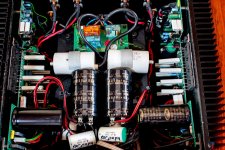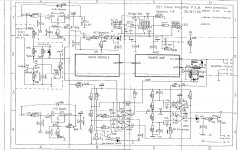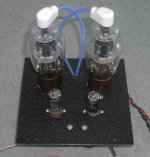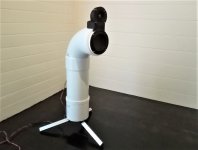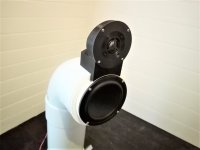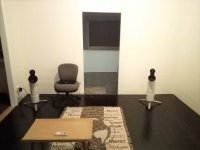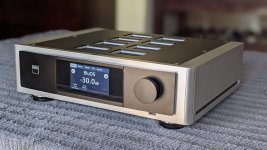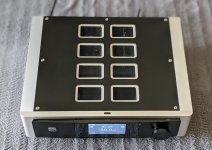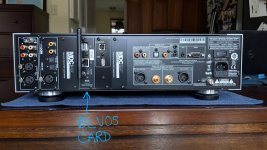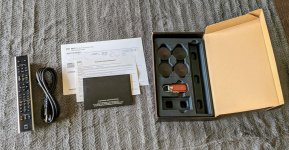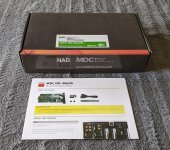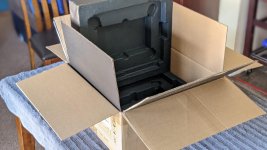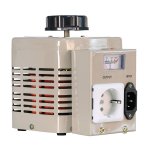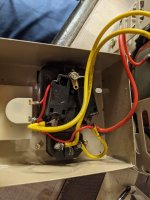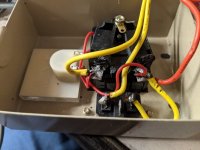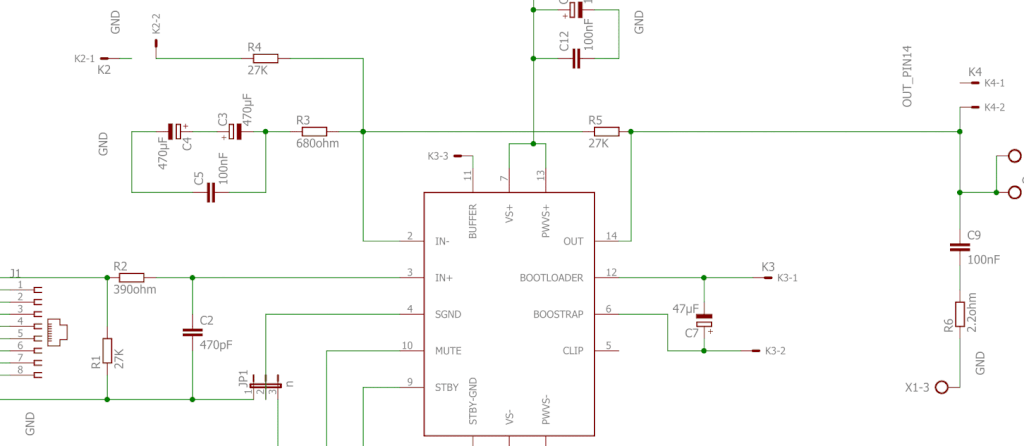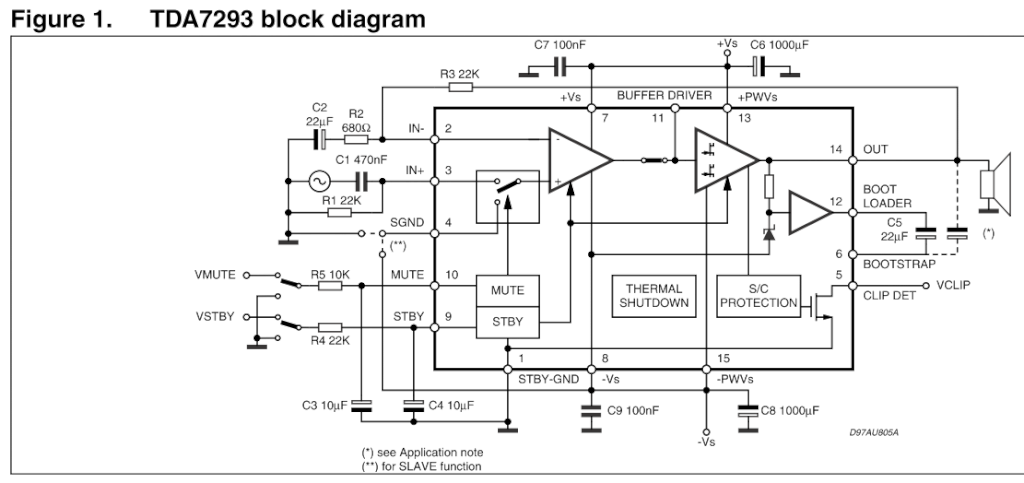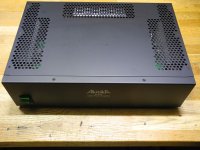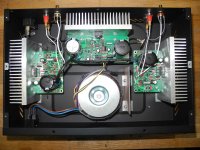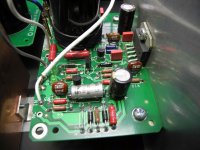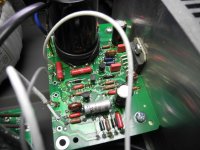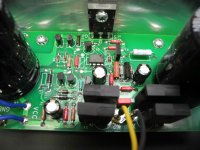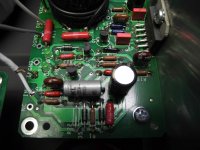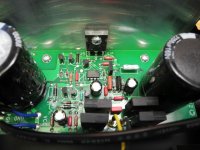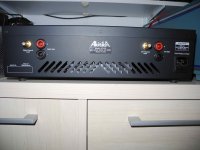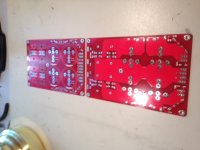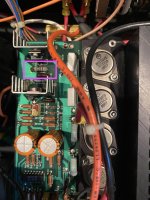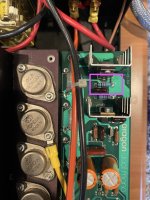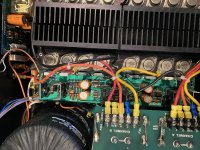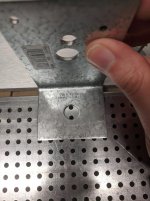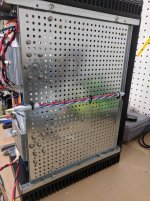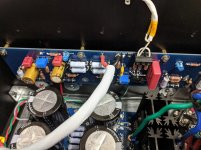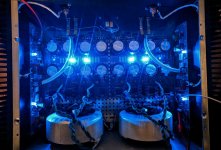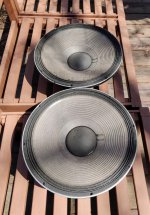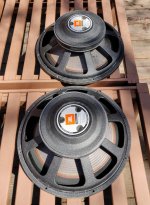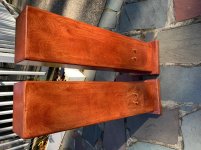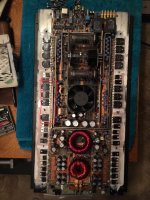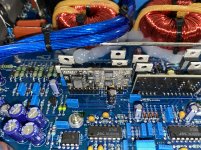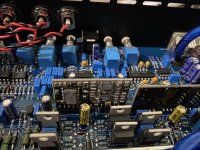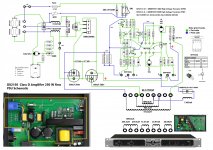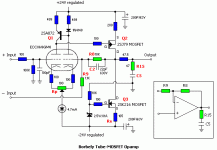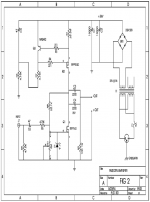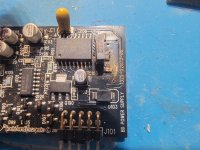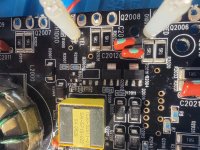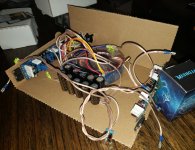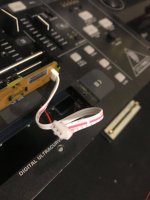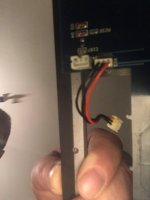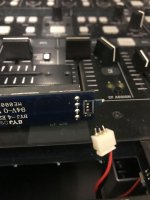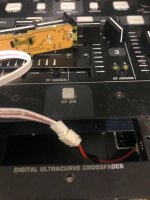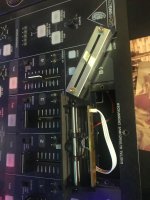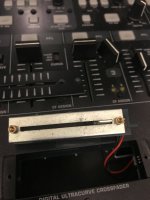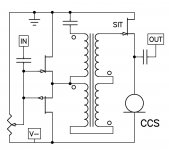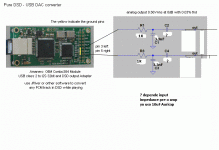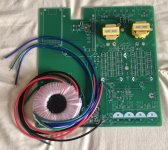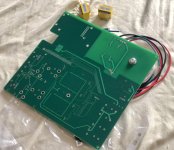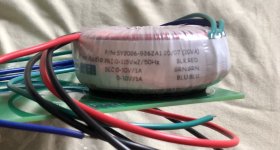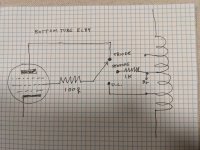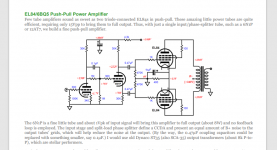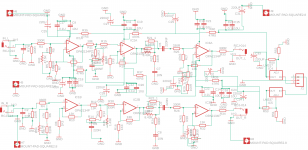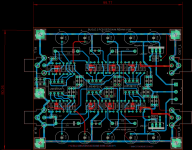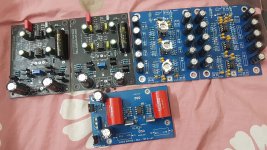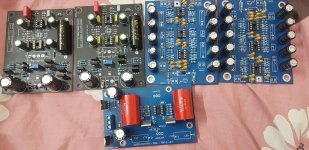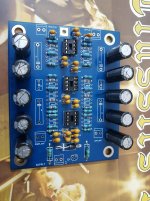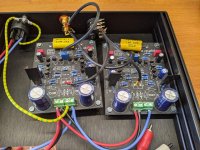Musical Fidelity e300 power amp trannys help :(
- By raymondo
- Solid State
- 49 Replies
hi folks,
well ive got the above amp which i have repaired a few times. however i'ts now popped one of the o/p trannys, they are craftily labelled f15n/f15p. obviously these are mf's own codes, a habit they are fond of so they can rip you off when you need replacements.
there's a total of 4 per channel.
i've no idea if they are mosfet or bipolar. circuit consists of (input to output ) - 5534 and 5532 , then x2 of each mps a92/a42 (which ive changed a few times), followed by 2sd649/669 pair then the big TO3 f15n/f15p pairs. there is a bias pot too.
amp always sounded good but is terribly designed from an engineering point. originally had x4 50V 10000uf smoothing caps, running at , u guessed it, over 50v (53ish). changed them for 63v while ago.
i actually wrote to MF 1st time those caps dried out, pointing out the problem. Engineering director wrote back claiming the caps were rated at +10% so 55v . pah! the cheek of it.
also the mpsa92/42's literally cook, along with two 1/4 1k0 metal film resistors which should def have been 1/2 watt.
anyway, im flat broke at the minute and need to revive this beast.
if anyone can help with any info i'd be extremely grateful.
many thanks
raymond
well ive got the above amp which i have repaired a few times. however i'ts now popped one of the o/p trannys, they are craftily labelled f15n/f15p. obviously these are mf's own codes, a habit they are fond of so they can rip you off when you need replacements.
there's a total of 4 per channel.
i've no idea if they are mosfet or bipolar. circuit consists of (input to output ) - 5534 and 5532 , then x2 of each mps a92/a42 (which ive changed a few times), followed by 2sd649/669 pair then the big TO3 f15n/f15p pairs. there is a bias pot too.
amp always sounded good but is terribly designed from an engineering point. originally had x4 50V 10000uf smoothing caps, running at , u guessed it, over 50v (53ish). changed them for 63v while ago.
i actually wrote to MF 1st time those caps dried out, pointing out the problem. Engineering director wrote back claiming the caps were rated at +10% so 55v . pah! the cheek of it.
also the mpsa92/42's literally cook, along with two 1/4 1k0 metal film resistors which should def have been 1/2 watt.
anyway, im flat broke at the minute and need to revive this beast.
if anyone can help with any info i'd be extremely grateful.
many thanks
raymond
